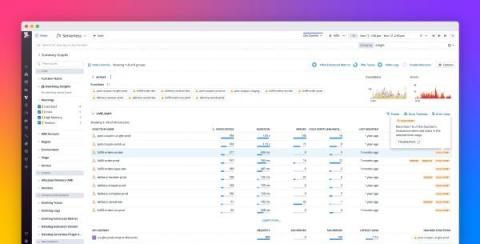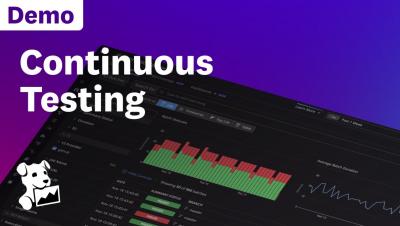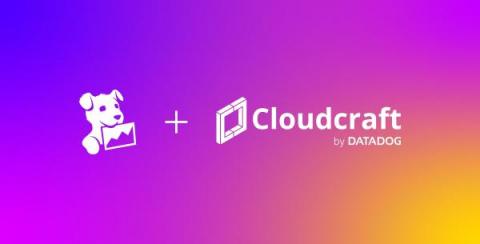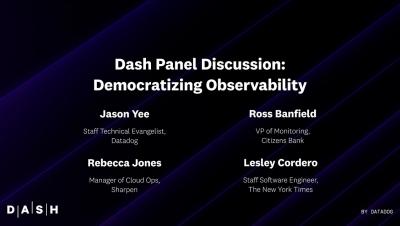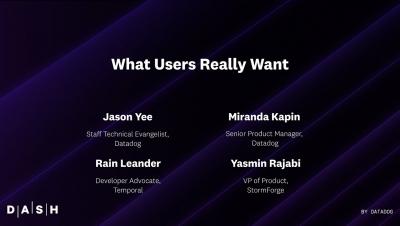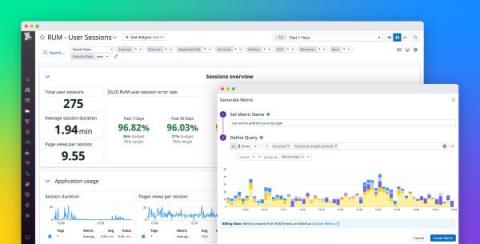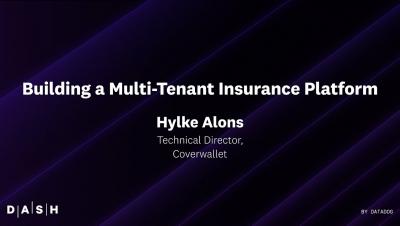Mitigate cold starts in your Java Lambda functions with Datadog and AWS Lambda SnapStart
AWS Lambda enables engineering teams to build modern, scalable services without the need to provision underlying infrastructure resources. But monitoring Lambda functions requires visibility into performance indicators that differ from those of traditional architectures—and cold starts are a key example.


